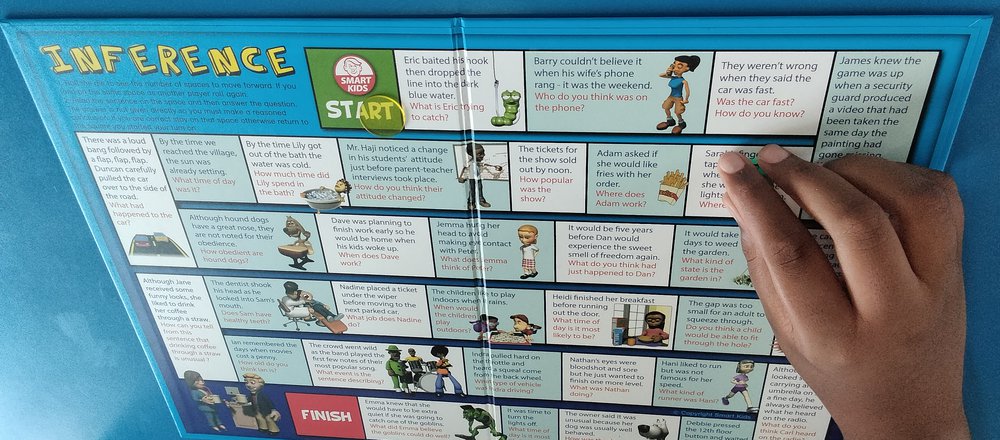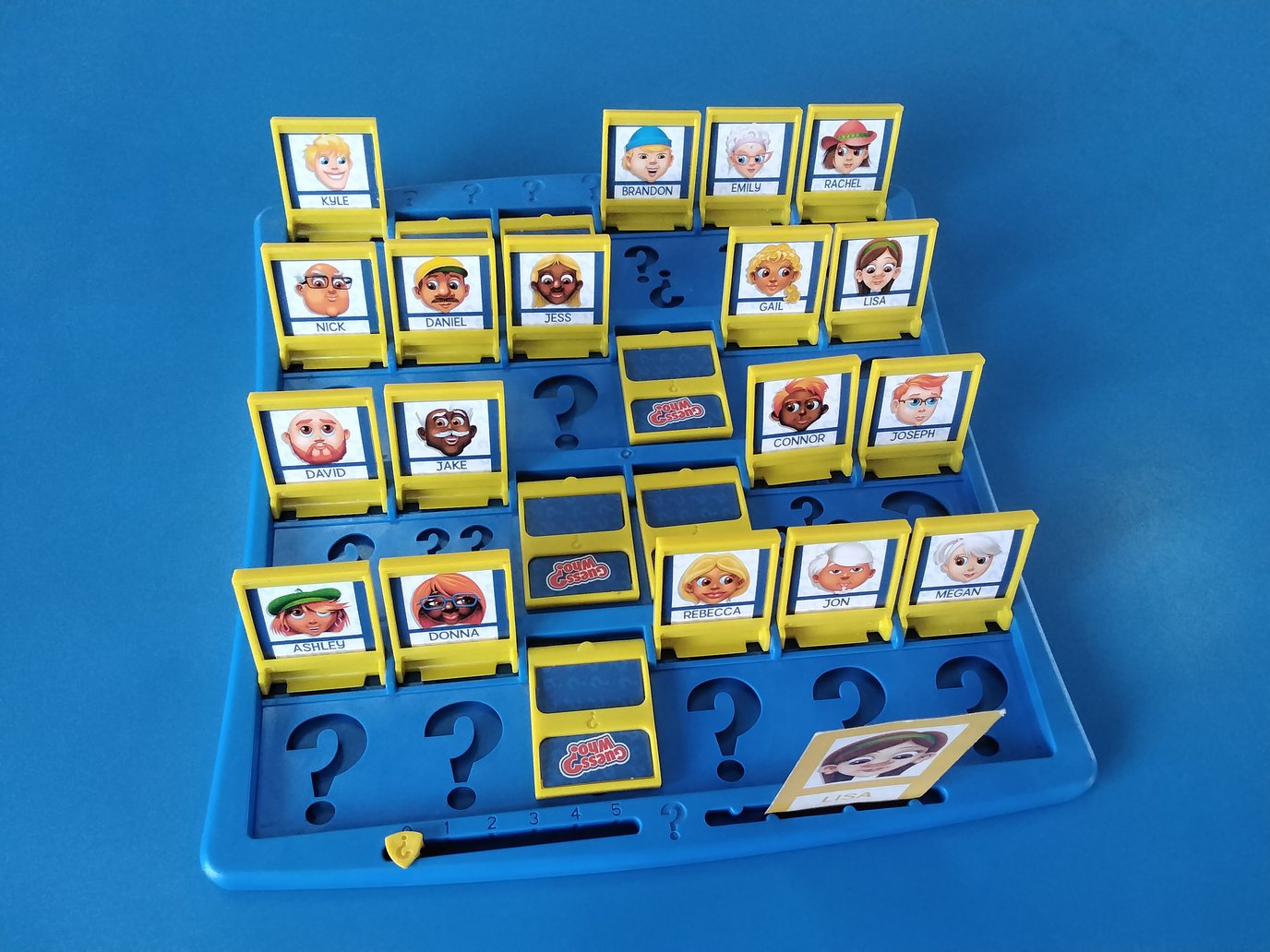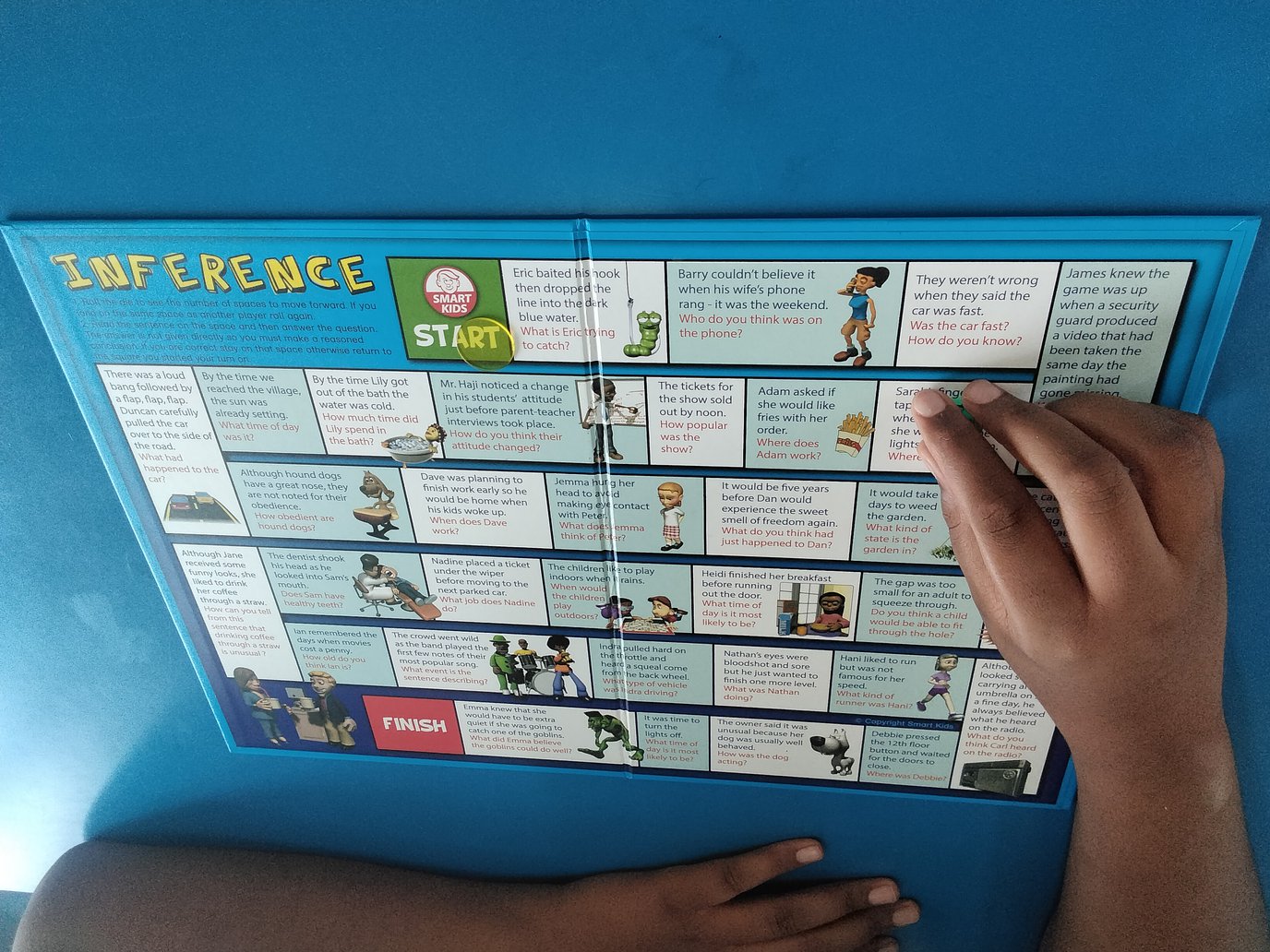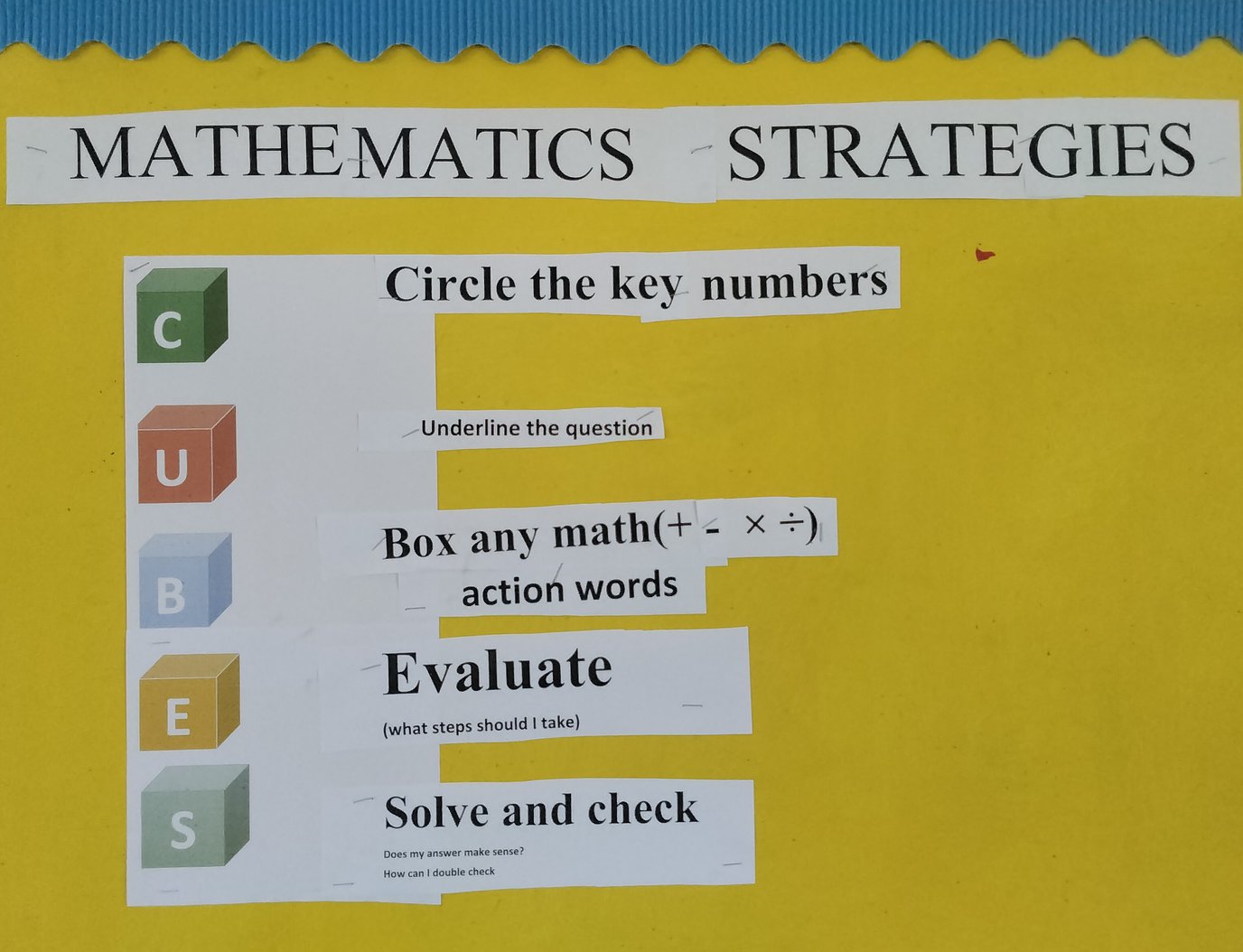The Power of Inferring in Learning

11th October 2024
Inferring is a higher-order thinking skill that plays an integral role in learning. It involves deriving implicit information from available data by integrating prior knowledge with contextual clues. It is grounded in the dual-process theory of reasoning, which distinguishes between two types of cognitive processing: System 1, which is fast, intuitive, and automatic, and System 2, which is slower, deliberate, and analytical (Kahneman, 2011).
For many students, particularly those with additional learning needs, building strong inference skills can be a challenge. At the Inclusion Department, we take an active role in improving these skills through creative and engaging methods by using interactive games and activities to make it fun and accessible to our learners. Some of the tools we employ are the Guess Who game and a range of comprehension board games.
Guess Who is a classic game where players ask yes-or-no questions to deduce which character their opponent has chosen. This game is perfect for teaching inference because:
- Students must gather clues and use logic to eliminate possibilities.
- It encourages them to ask the right questions, consider the answers, and draw conclusions based on partial information.
We also integrate inference-focused comprehension board games. These games often involve reading short passages, analysing characters' actions or events, and making educated guesses about what will happen next or why something occurred. Through these games, students learn to:
- Interpret subtle cues within a narrative or scenario.
- Use context clues to predict outcomes or explain events.
- Collaborate with peers to share ideas and refine their thinking.
These activities align with our goal of helping students not only improve their comprehension but also become more confident and independent thinkers.
The Use of CUBES in Mathematics
What is the CUBES Strategy?
- Circle the important numbers or keywords in the problem.
- Underline the question to understand what is being asked.
- Box any key math operation or word clues (such as "sum," "product," or "difference").
- Evaluate the information to decide on the best strategy or steps to solve the problem.
- Solve the problem using the appropriate operations or methods.
This structured approach encourages students to think critically, organise information, and apply the right mathematical concepts efficiently. It also provides a visual framework that helps learners navigate through problems systematically while reducing anxiety.
The inclusion team recognises that many students find word problems and multi-step mathematical tasks overwhelming. By introducing CUBES, we are helping learners build strong problem-solving skills. Through targeted instruction, our teachers and learning support staff are working one-on-one with students to ensure they fully understand and apply each step of the CUBES strategy.
With the shared goal of closing learning gaps and enhancing the overall achievement of our students, we are confident that this strategy will play an essential role in their success.






